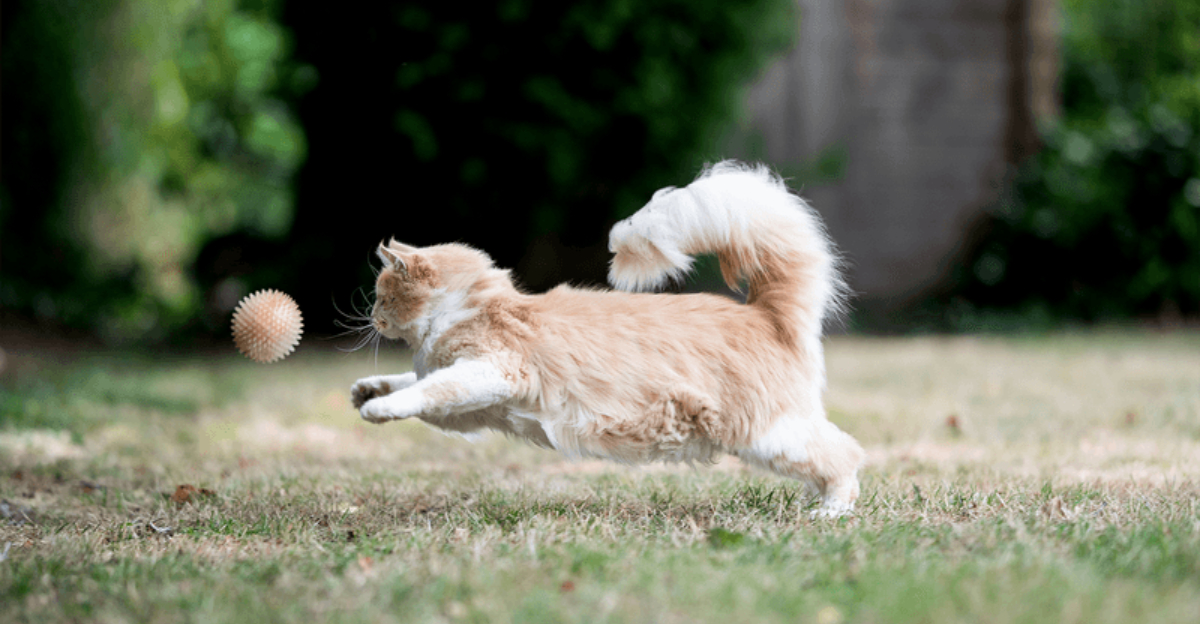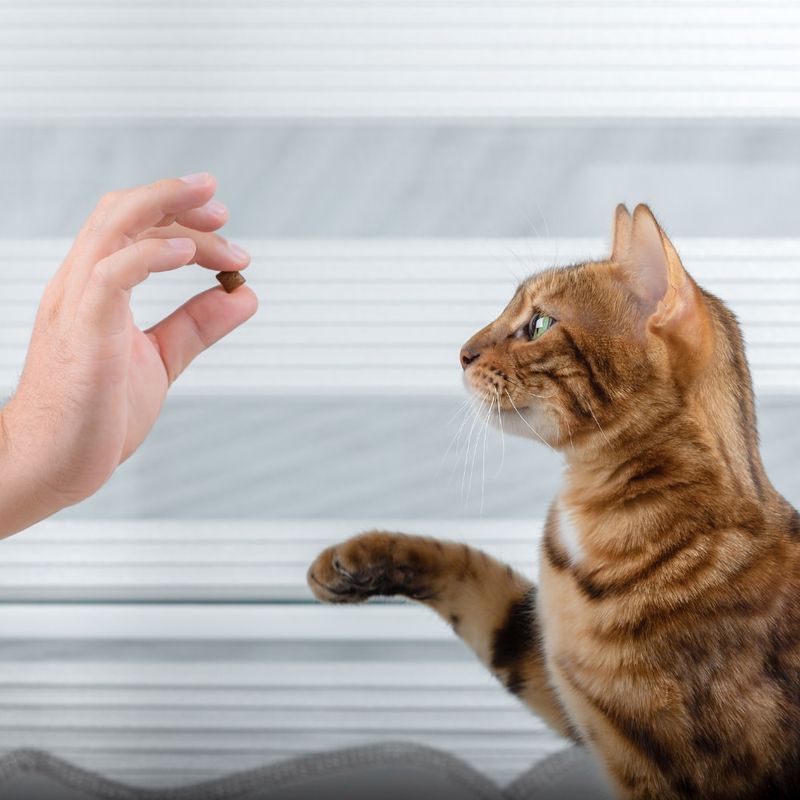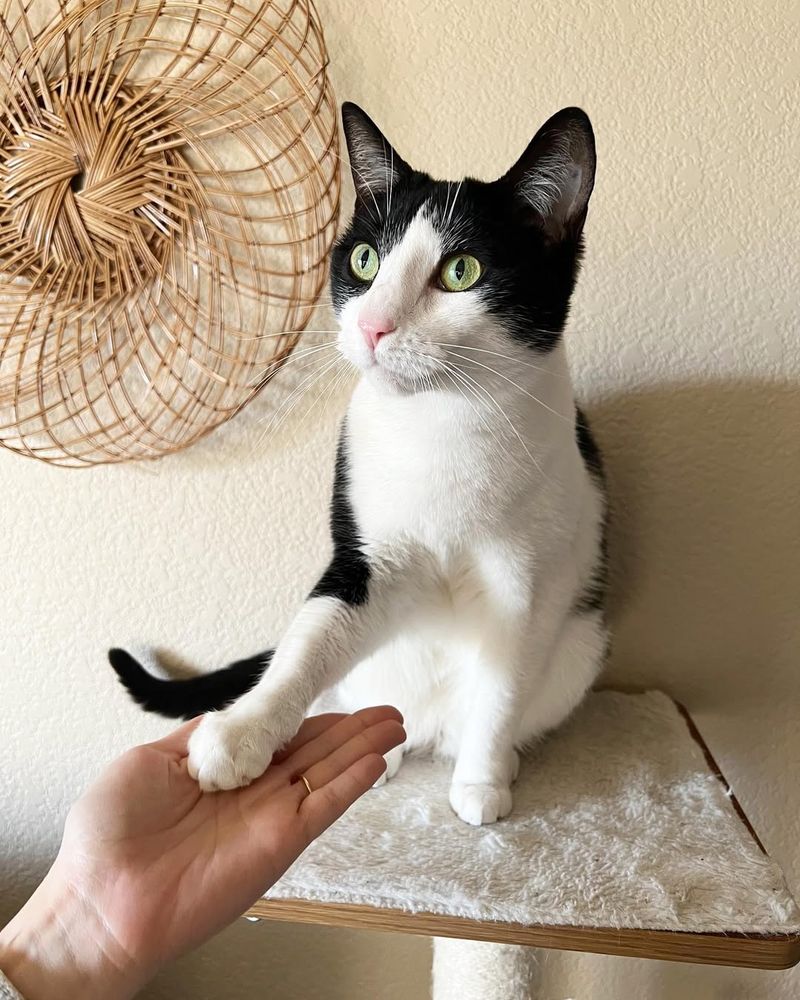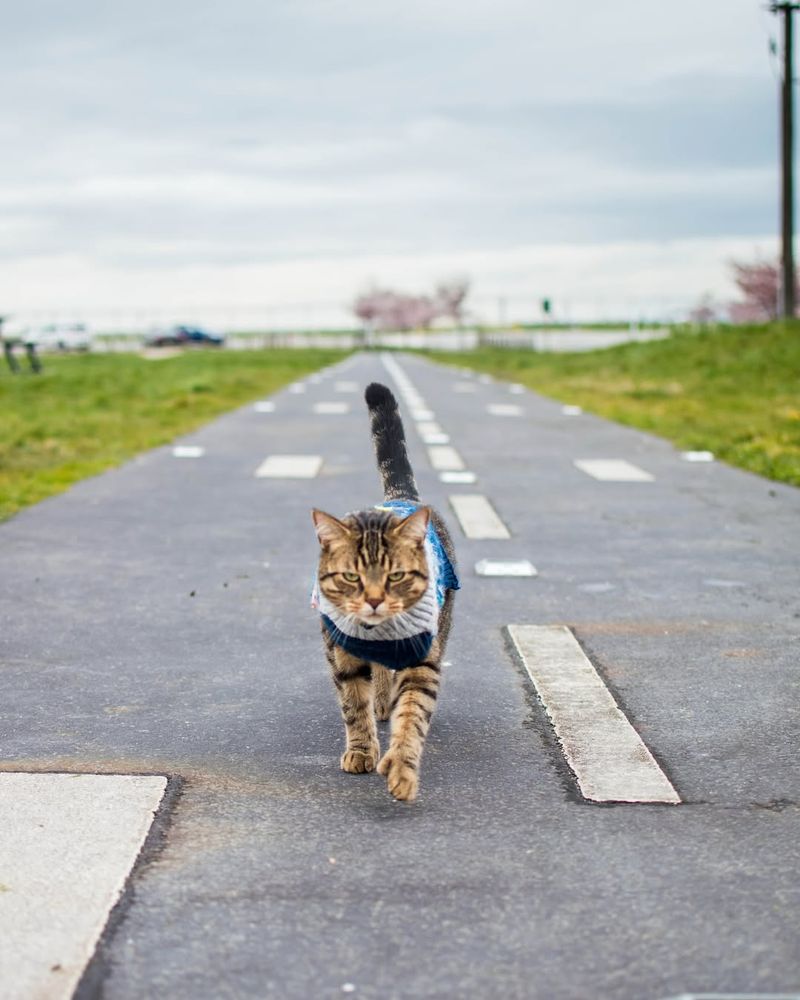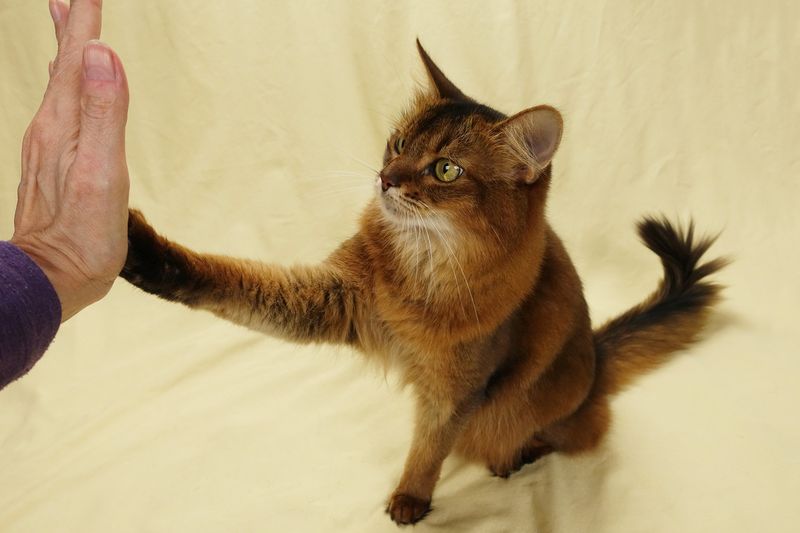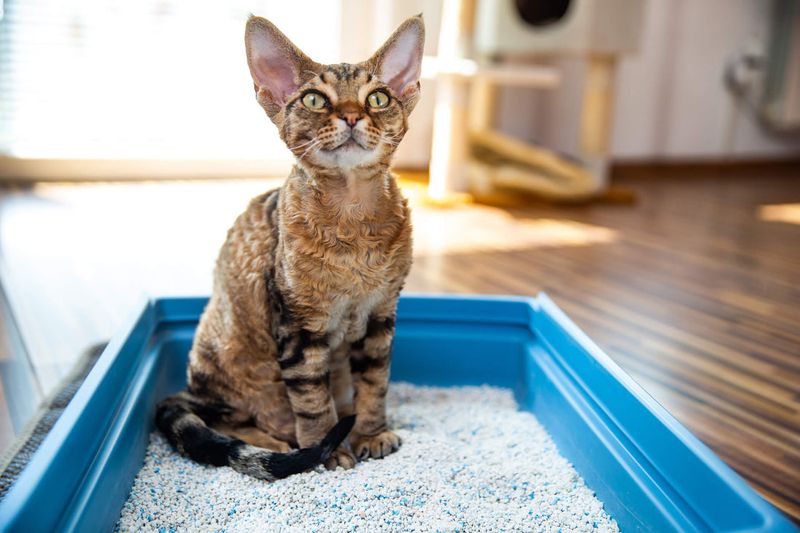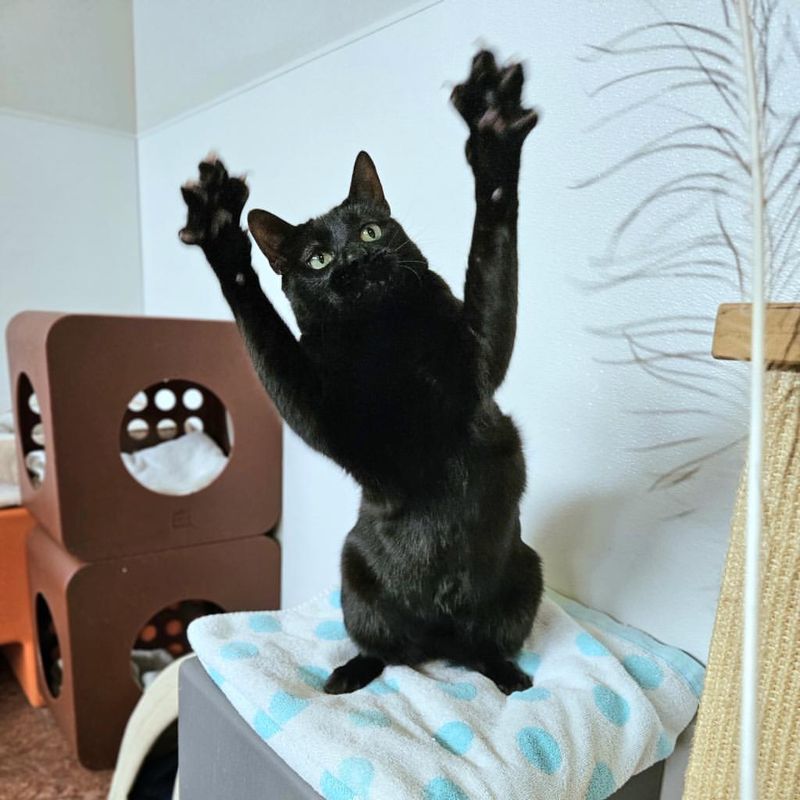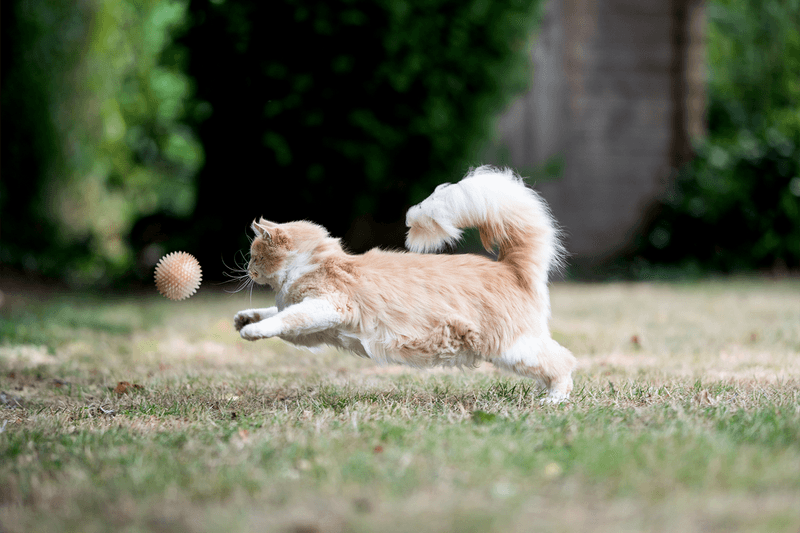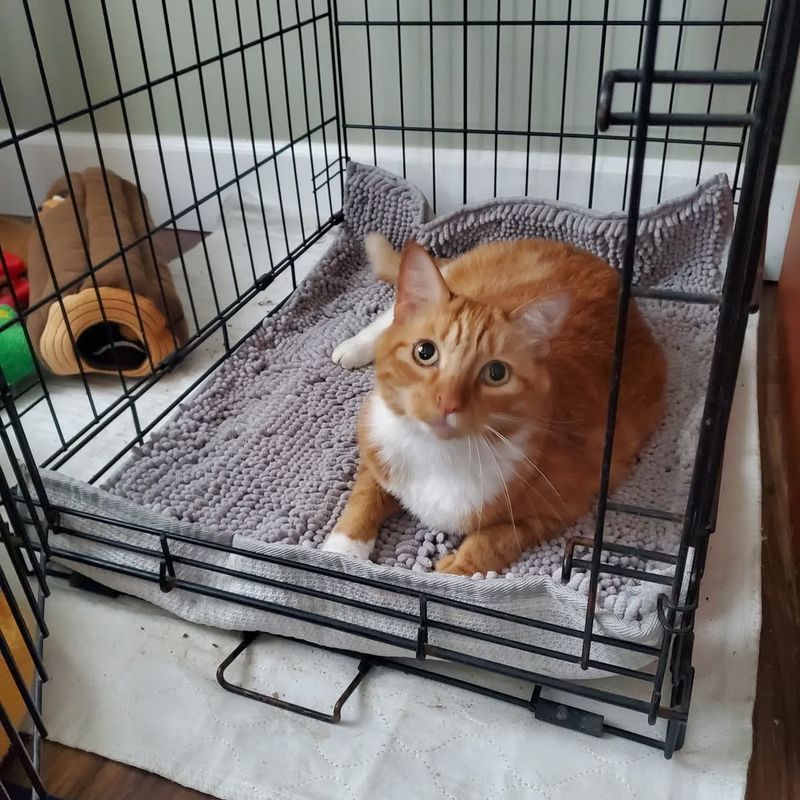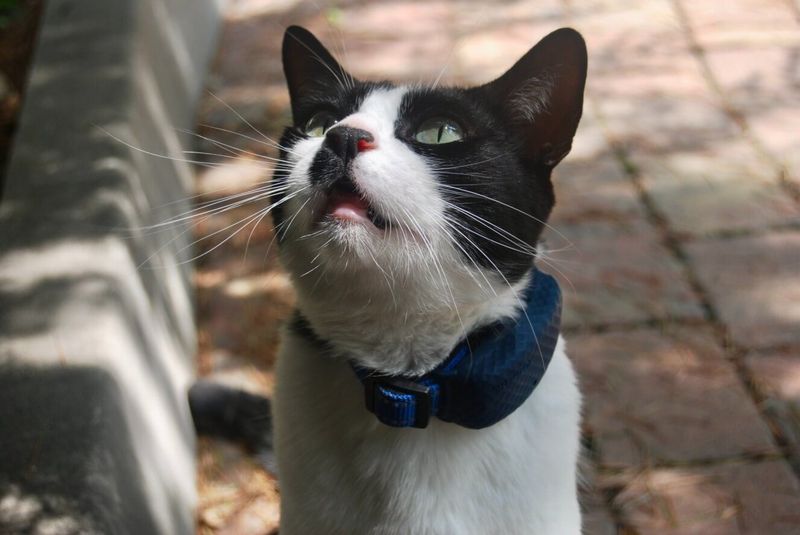📖 Table of Content:
- 1. Clicker Training
- 2. Positive Reinforcement
- 3. Target Training
- 4. Teach “Sit”
- 5. Leash Training
- 6. Teach “Come”
- 7. High-Five Trick
- 8. Litter Box Training
- 9. No Scratching Furniture
- 10. Doorway Training
- 11. Jump on Command
- 12. Fetch Training
- 13. Click to Stop Bad Behavior
- 14. Crate Training
- 15. Teach “Stay”
Discover 15 unique methods to train your cat using techniques commonly used for dogs. While cats are naturally more independent than dogs, they can still learn commands, tricks, and good behavior through positive reinforcement. By applying dog-style training principles, you can create a more interactive and engaging learning experience for your feline companion.
Training your cat isn’t just about discipline—it’s also an opportunity to build trust and communication. Using rewards, repetition, and patience, you can teach them tricks, commands, and good habits. As you guide your cat through the learning process, you’ll discover their hidden potential and unique personality traits.
Instead of expecting instant obedience, focus on making training sessions playful and enticing. With dedication and creativity, you’ll not only teach your cat useful skills but also strengthen the bond you share—just like a well-trained dog and their owner.
1. Clicker Training
Clicker training is a popular method where a small device makes a ‘click’ sound to mark desired behaviors. Start by associating the click with a reward, like a treat, to build a positive connection. Once your cat understands the link, use it to reinforce behaviors you want to encourage. For example, click when your cat sits or comes when called. This method offers clear communication, making training sessions effective and rewarding for both you and your cat. With patience and consistency, your cat will learn to respond to the clicker just like dogs do.
2. Positive Reinforcement
Rewarding your cat for good behavior will encourage them to repeat it. Use treats, praise, or playtime as rewards. For instance, if your cat uses the litter box correctly, offer a treat. This method fosters a loving and trusting relationship between you and your cat. It’s essential to be consistent and immediate with rewards to effectively teach new behaviors. Over time, your cat will associate certain actions with positive outcomes, making them more likely to behave as desired. This technique promotes a cooperative and enjoyable training experience.
3. Target Training
Target training teaches your cat to follow a target, such as a stick or your hand. Begin by presenting the target and rewarding your cat when they touch it with their nose. This can be useful for guiding your cat around obstacles or training them to move to specific locations. Gradually increase the distance or complexity of tasks as your cat becomes more adept. This method can also be used to teach tricks or commands, enhancing both mental and physical stimulation for your cat. It’s a fun way to engage with your feline friend.
4. Teach “Sit”
Teaching your cat to sit is similar to training a dog. Hold a treat above your cat’s head, moving it back slightly. This encourages your cat to sit naturally. Once seated, reward them immediately. Repeat this process, using a verbal cue like ‘sit’ to reinforce the action. Over time, your cat will associate the word with the behavior. This simple command can be a gateway to teaching other tricks and helps in managing your cat’s behavior during daily interactions. Patience is key, as every cat learns at their own pace.
5. Leash Training
Start by introducing your cat to a well-fitted harness indoors, letting them wear it during short sessions. Once comfortable, attach the leash and practice guiding them gently. Gradually move to outdoor settings, ensuring your cat feels secure. This can enrich your cat’s life by providing new scents and environments to explore, while keeping them safe. Training your cat to walk on a leash requires patience and encouragement, but the rewards of shared outdoor adventures are worth the effort.
6. Teach “Come”
Teaching your cat to come when called can be rewarding. Use their name or a special call and offer a treat when they respond. Start in a quiet space with minimal distractions. As your cat learns, practice in different environments to strengthen their response. This command is not only useful for safety but also strengthens your bond. Consistency and positive reinforcement are crucial to success. With time, your cat will happily come to you, eager for the reward and affection. This simple yet effective training enriches both your lives.
7. High-Five Trick
Teaching your cat to give a high-five is a fun and engaging trick. Hold a treat near their paw, encouraging them to reach out. When they make contact, reward them immediately. Use a verbal cue like ‘high-five’ to reinforce the trick. This playful interaction not only entertains but also strengthens the bond between you and your cat. It’s a great way to incorporate positive reinforcement while ensuring your cat receives mental stimulation. Practice regularly and enjoy the joy and amusement this trick brings to your household.
8. Litter Box Training
Reinforcing proper litter box use is essential for a harmonious home. Keep the box clean and easily accessible, rewarding your cat for using it correctly. Monitor your cat’s behavior and gently guide them to the box if needed. Praise and treats help reinforce the desired behavior. This training ensures your cat understands where to go, reducing accidents and keeping your home clean. A well-trained cat is a happy cat, and maintaining a clean litter box is a crucial part of responsible pet ownership. Make this a positive experience for lasting results.
9. No Scratching Furniture
Prevent your cat from scratching furniture by offering alternatives like scratching posts. Use deterrents such as double-sided tape on furniture and reward your cat for using the post. Position the post near favored scratching spots to encourage use. Consistently redirect and praise your cat when they make the right choice. This method preserves your home’s furnishings while allowing your cat to express natural behaviors. Over time, your cat will favor their designated scratching areas, sparing your furniture from damage. It’s a win-win for both you and your feline friend.
10. Doorway Training
Doorway training prevents your cat from bolting outside. Teach them to sit or stay back when a door opens by rewarding calm behavior. Practice consistency by using treats or praise each time they resist the urge to dart through. This training is crucial for their safety, especially if you live in a busy area. Over time, your cat will learn to associate open doors with staying put, reducing the risk of escape. It enhances your cat’s understanding of boundaries while keeping them secure and content indoors.
11. Jump on Command
Training your cat to jump on command can be both entertaining and stimulating. Use a treat to guide them onto a piece of furniture or through a hoop while giving a verbal cue like ‘jump.’ Reward immediately when they comply. This activity provides physical exercise and mental challenge, enhancing your cat’s agility. Practice regularly to reinforce the behavior, and soon your cat will jump at your command with excitement. It’s a fun way to bond and keep your cat active, making training sessions a joyful experience for both of you.
12. Fetch Training
Some cats enjoy playing fetch, a game typically associated with dogs. Start by throwing a favorite toy for your cat to chase. Encourage them to bring it back by using treats or praise. Practice in short, fun sessions to keep your cat’s interest alive. Fetch provides physical activity and mental stimulation, contributing to your cat’s overall well-being. While not all cats will take to fetch, those who do will enjoy the shared playtime. This training fosters a playful and interactive environment, enriching your relationship with your feline companion.
13. Click to Stop Bad Behavior
Use clicker training to curb unwanted behaviors like biting or scratching. When your cat starts to misbehave, redirect their attention with a click and reward good behavior immediately. This teaches your cat which actions are undesirable and what behaviors you prefer. Consistency is key; make sure to click and reward every time they respond appropriately. Over time, your cat will learn to associate the click with positive actions, reducing undesirable behaviors. This approach ensures a harmonious home environment while maintaining a positive relationship with your pet.
14. Crate Training
Crate training can be beneficial for travel or vet visits. Make the crate inviting with soft bedding and treats, allowing your cat to explore it freely. Encourage short, calm stays in the crate, gradually increasing the duration. Use positive reinforcement to reward them for remaining calm and relaxed inside. This makes the crate a safe and comforting place rather than a source of anxiety. With patience, your cat will see the crate as a secure retreat, easing the stress of travel or confinement. This training fosters confidence and security.
15. Teach “Stay”
Use a verbal cue like ‘stay’ to reinforce the command. Practice this regularly to build your cat’s patience and focus. It’s an effective way to manage their behavior, especially in potentially hazardous situations. This command, coupled with rewards and praise, builds trust and communication between you and your cat. As your cat masters this skill, you’ll find interactions smoother and more controlled, enhancing your daily routine together.
